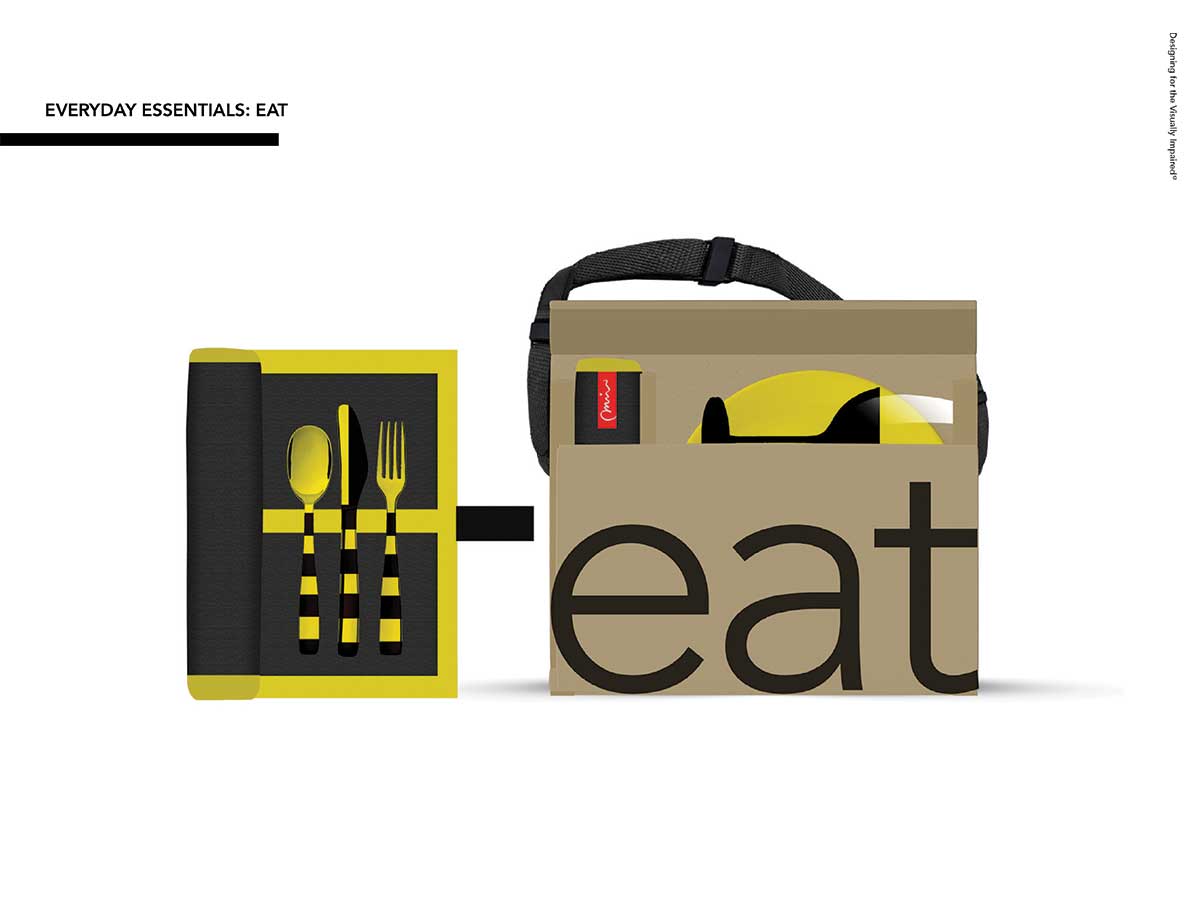Min Choi
Adjunct Professor
San Diego State University
San Diego City College
Low vision is a part of the natural aging process, and we all have the potential to face it at some point in our lives. Though there are many exceptional high-tech devices to help people with visually impaired and blind, there has not been enough attention given to applying accessible design when creating affordable everyday products to benefit them. The statistic shows that in the U.S., only around 30%1 of people with a visual disabilities are fully employed, and cannot afford to buy assistive technologies that may be awesome for them, but costs hundreds or even thousands of dollars.
To address this issue, I am researching how people with low vision could experience high-contrast colors and basic shapes with tactility at a reasonable price. In-person, human-centered design approach guided me to build a deep empathy towards my audience and explore design process and solutions that would help celebrate their disabilities.
A home product line incorporates high-color contrasts and tactility using universal symbols for people with visual impairment. It is an experiment to help them to be independent and empower their everyday activities those of us with good vision often take for granted—including eating, getting ready for bed, and getting dressed in style.
At its heart, we must identity what the audiences’ needs are—and the only way to create design solutions is to connect with those who will benefit the most. Design with purpose and function is beneficial for everyone—especially those with disabilities.
This research was presented at the Design Incubation Colloquium 6.2: CAA 2020 Conference Chicago on February 14, 2020.
